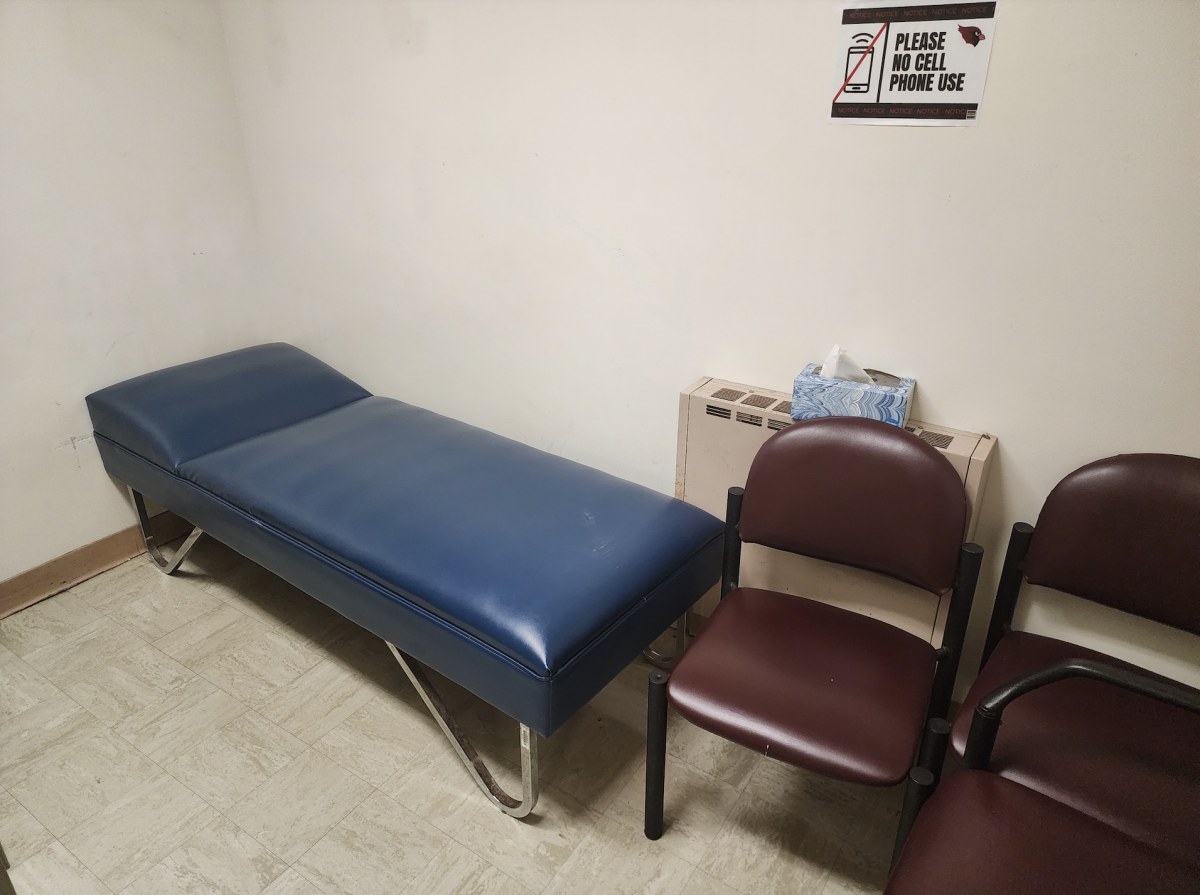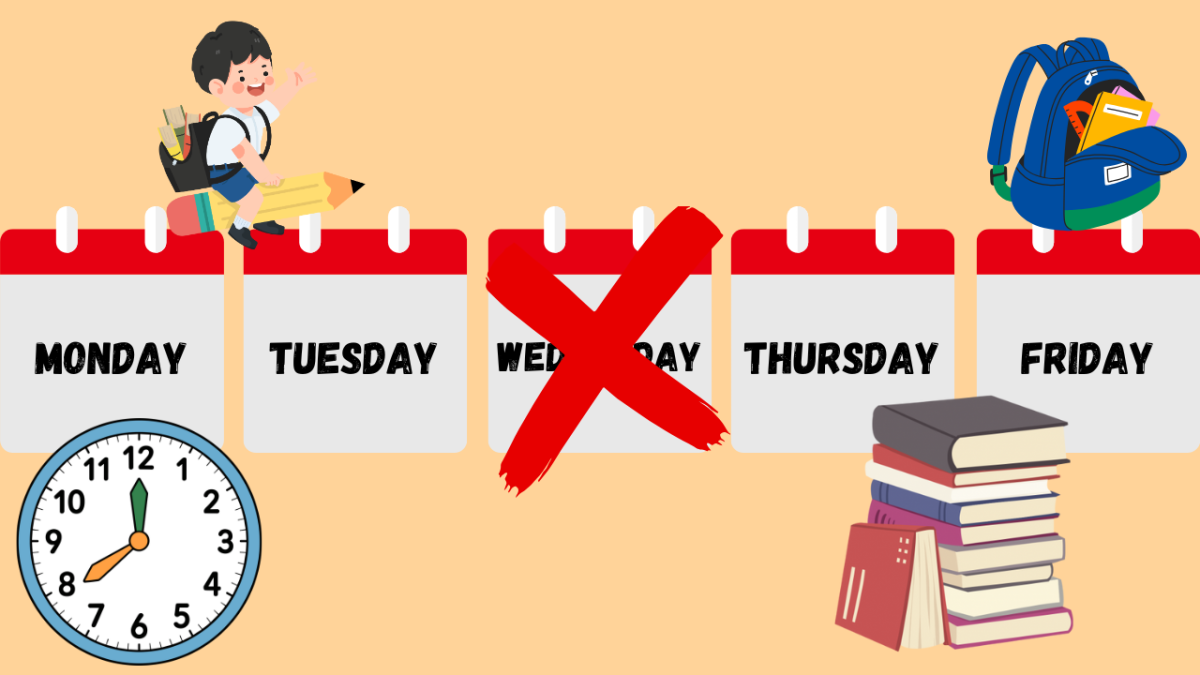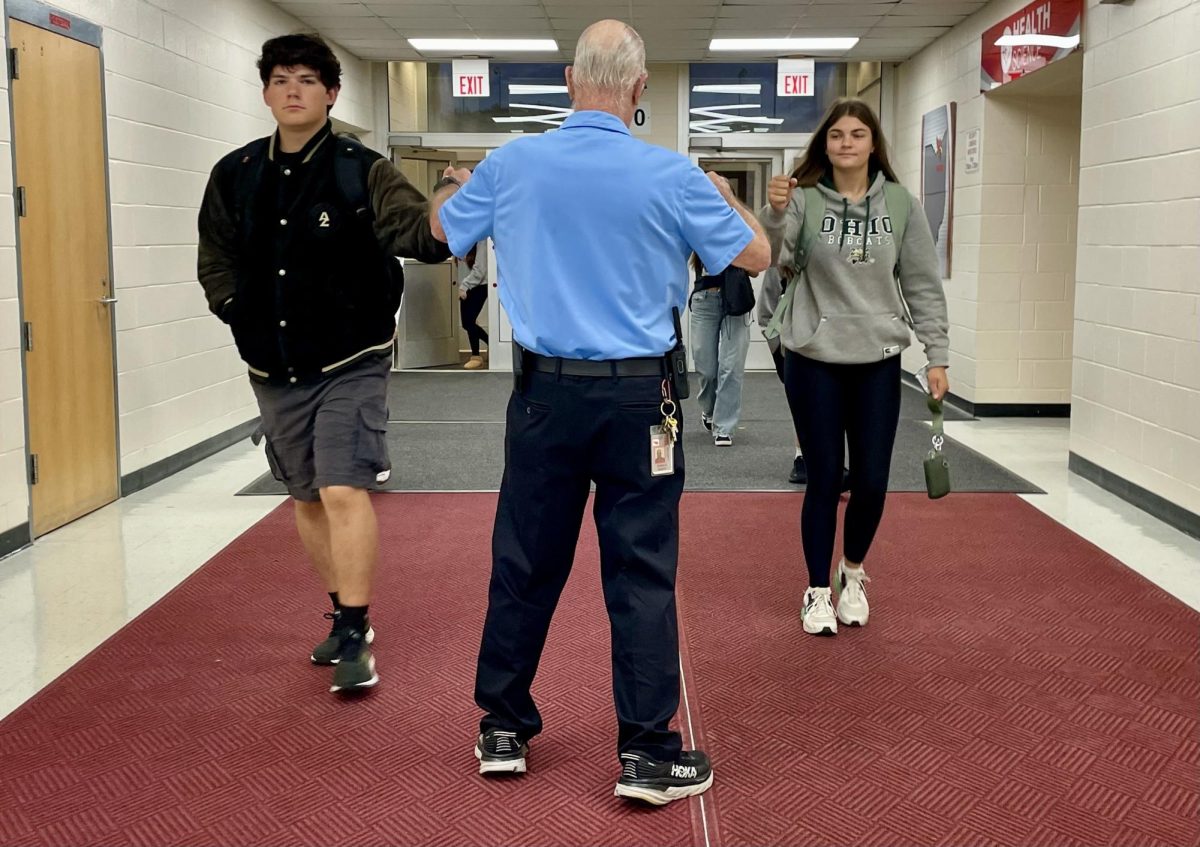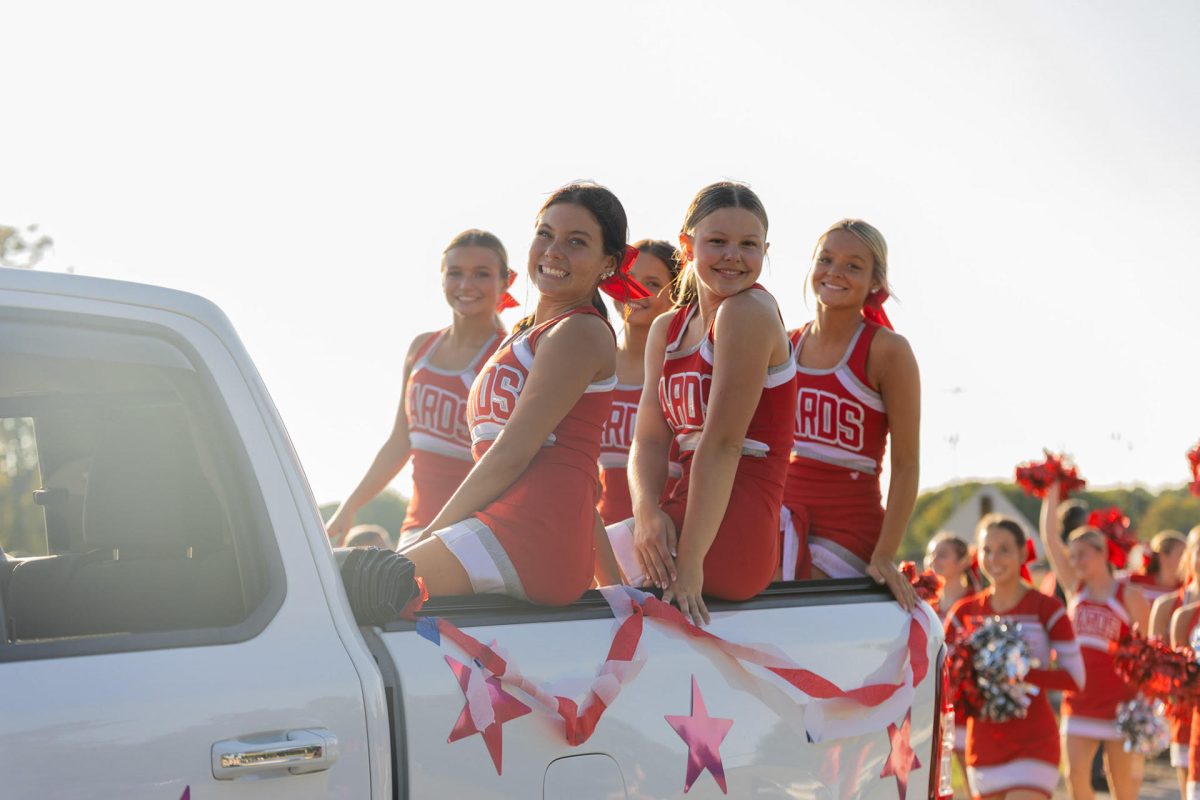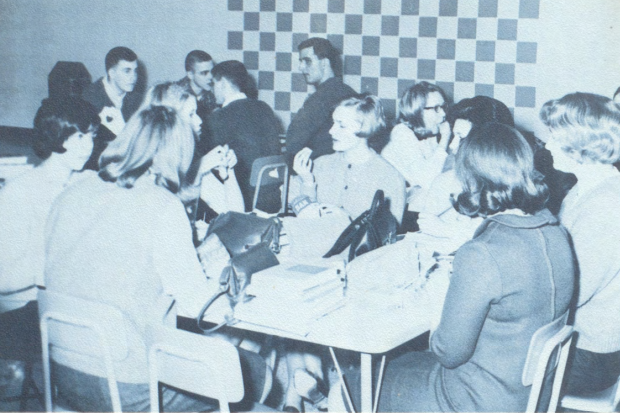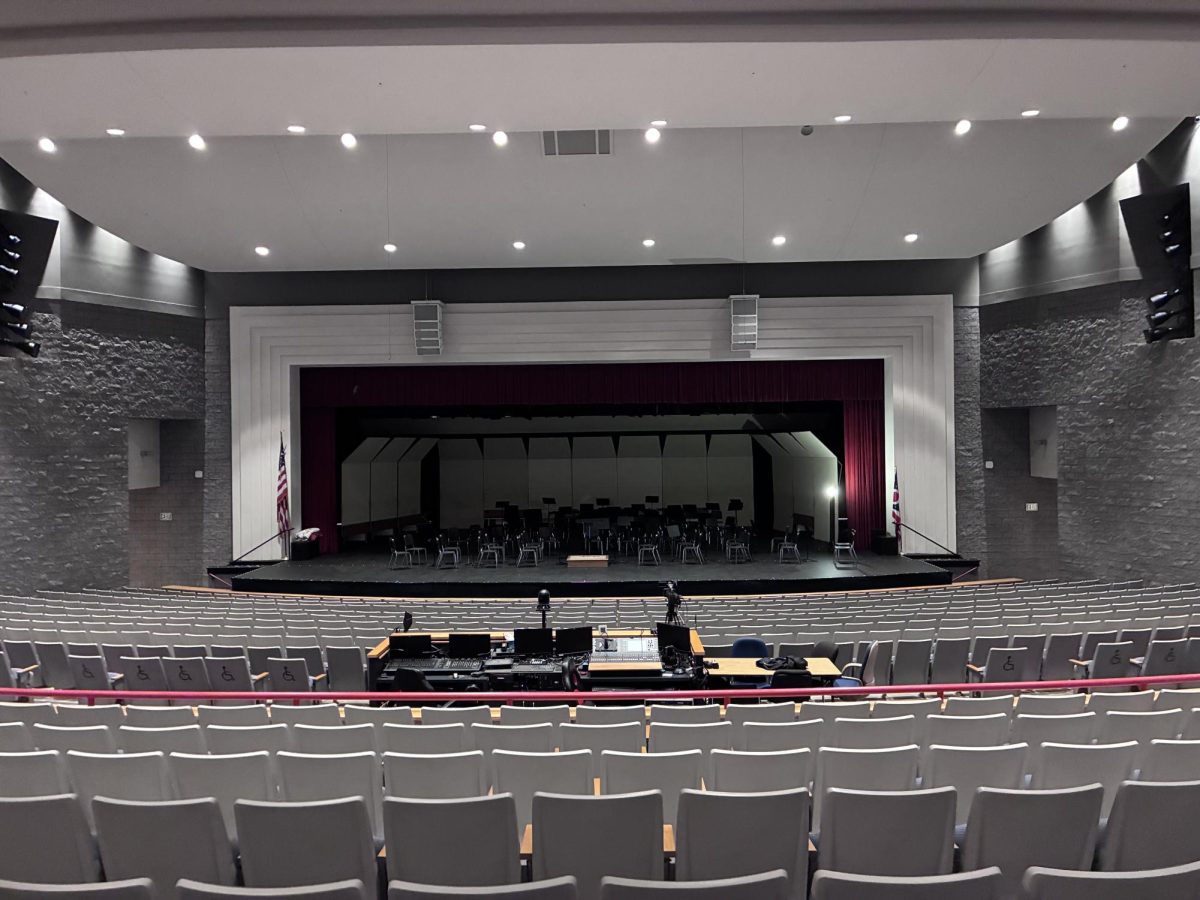Advisor’s Note: “Then and Now” is a new idea for story submissions in Cardinal Nation. In the past we have shared stories from previous Mentor High School newspapers including The Mentor Log and Inkwell. Now, beyond just sharing those “blasts from the past,” we ask questions about what has changed, what has stayed the same, and what does the future hold. I will also point out that Mr. Golden, our school nurse with help from other staff, recently saved a staff member using his CPR skills in the building. Way to go, Mr. Golden!
Today’s story is about Mentor High School’s clinic. In 1965, Mentor High School’s clinic had undergone a developmental change causing positive reactions from the school. The point of this article is to shine light on today’s clinic and all the factors that cause it to be great, and if there are any areas that can be adjusted. To help, we conducted an interview with one of the school’s clinical staff, Mr. Jeremy Golden.
Then
New Clinic Appreciated by Students and Nurse Alike
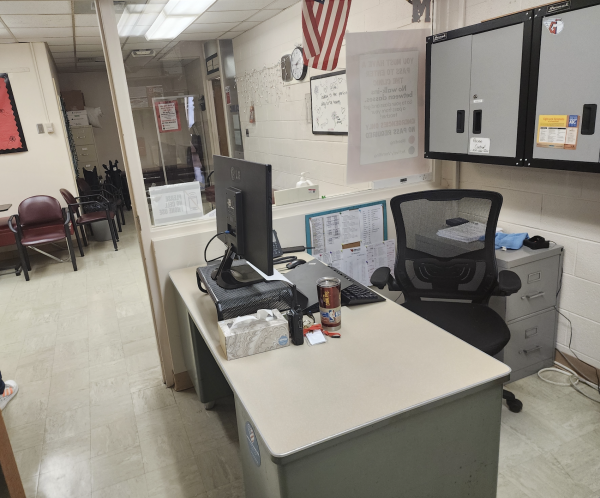
The Mentor Log, December 14, 1965
“Boy it makes you feel better just to walk into a clinic like this!” This comment, and many more like it, have been overheard by Mrs. Peggy Alhman, school nurse at Mentor High School.
The clinic is new and different this year – very spacious. “We have plenty of room; something we didn’t have last year,”explained Mrs. Alhman. “When the flu season comes, I often have 30-35 kids a day,” and it is then that the extra space is very valuable.
The structure of the clinic is entirely new this year. There is a large main clinic. Last year’s entire clinic area was only two thirds the size of this room. It is usually used for testing and screening. Also in this room can be found pamphlets on various nursing schools, as well as copies of Today’s Health, which students may borrow.
“I leave a cot in the main clinic area for students who need constant care,” Mrs. Alhman stated. Other cots can be found in the two “bunk rooms” located directly off the main clinic. In the first room there are two cots,” and because more girls usually come into the clinic than boys, I usually save this room for the girls,” explained Mrs. Ahlman.
There is one cot in the next small room. “If anyone has the mumps, measles, or some similar contagious disease, this room is great for isolation,” commented the nurse.
Two more rooms are also located off of the main area. These are the treatment rooms, filled with new equipment, and Mrs. Alhman’s office. Although the clinic is so spacious. All the room is needed, for the enrollment at Mentor High School is constantly growing.
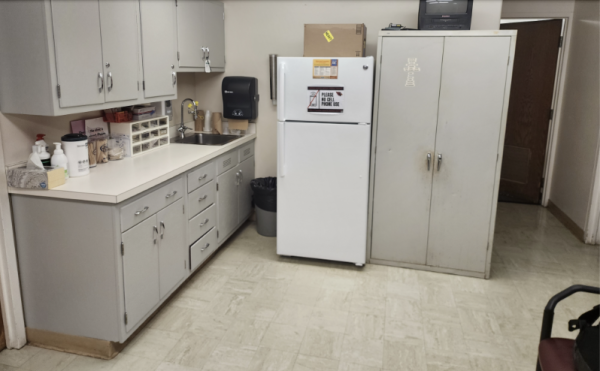
Now
Cardinal Nation interviewed Mr. Jeremy Golden, the nurse at Mentor High School, and asked him questions through email relating to the modern clinic and how it compares today – 59 years later!
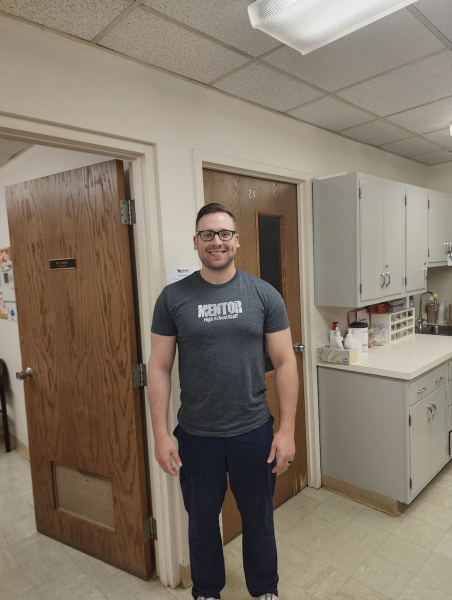
Cardinal Nation: What are your initial thoughts upon reading the article posted in 1965?
Mr. Golden: It made me laugh to see that the nurse back then only saw 30-35 students during flu season, we see 100+ students everyday no matter what season it is. Based on the article, that year sounds to be the year that they moved to the current clinic location with multiple back rooms and offices for the nurse. We use the rooms similarly to the nurse in the sense for isolation, we also use the rooms for things like migraines as well. I also think it is crazy to think that measles and mumps used to be prevalent during the 1960s, as in the grand scheme of things, that was not that long ago.
Cardinal Nation: Do you think there are any minor adjustments that could be made to the clinic to improve it overall? What would make your job slightly easier?
Mr. Golden: I do not feel like there would be minor adjustments that would make the clinic better, the only things that come to mind are cosmetic or updates to our current supplies. There also isn’t much I can think of that would make the jobs easier.
Cardinal Nation: What are some minor things students can do to help improve the clinic?
Mr. Golden: Students can improve the clinic by bringing a pass each time they come to the clinic, unless it is an emergency. We have five signs that state this prior to and when you open the door to the clinic. This helps us manage attendance and ensure that the student is accounted for in their class prior to arriving in the clinic.
Cardinal Nation: What does your daily routine look like?
Mr. Golden: Since this clinic is similar to an emergency room, each day tends to be different. From the time my day starts to the time it is over, I have students in the clinic. I try to complete the many other tasks between students arriving in the clinic. These tasks are things like: charting, paperwork for the state, immunizations, hearing and vision, care plans, etc. The end of my day is usually spent cleaning and restocking what we used for the day so it is ready for the following day.
Cardinal Nation: How often is the clinic busy, and to your best estimate, about how many students enter the clinic daily?
Mr. Golden: The clinic is busy for a good majority of the day, the busiest times on average would probably be from 9 a.m. – 12 p.m. But this can change day to day based on students’ needs, I could be busy throughout the entire day or the majority of my day may be spent in that time frame. We easily average over 100 students in the clinic each day and have reached upwards of 120+ on our busiest days.
The clinic is in great shape, according to Mr. Golden. The development plans back in 1965 seemed to have stood the test of time and have managed to be used effectively for over 60 years, and is still being used in the 21st century, with basically no prevalent issues. The development plans have also seemed to predict that Mentor High School would intake much more enrollment based on the fact that it’s able to support over 100 students daily in present times compared to when it was very spacious with only 30 students entering on average daily. The clinic should continue to be effective in the future for all of Mentor High School and it’s great that the clinic staff can care for students effectively with its modern setting.


